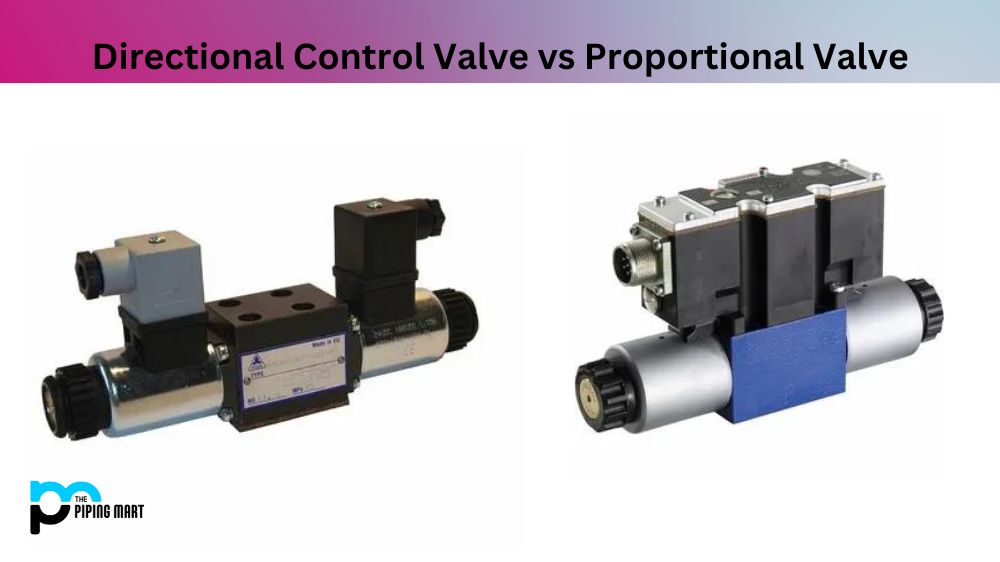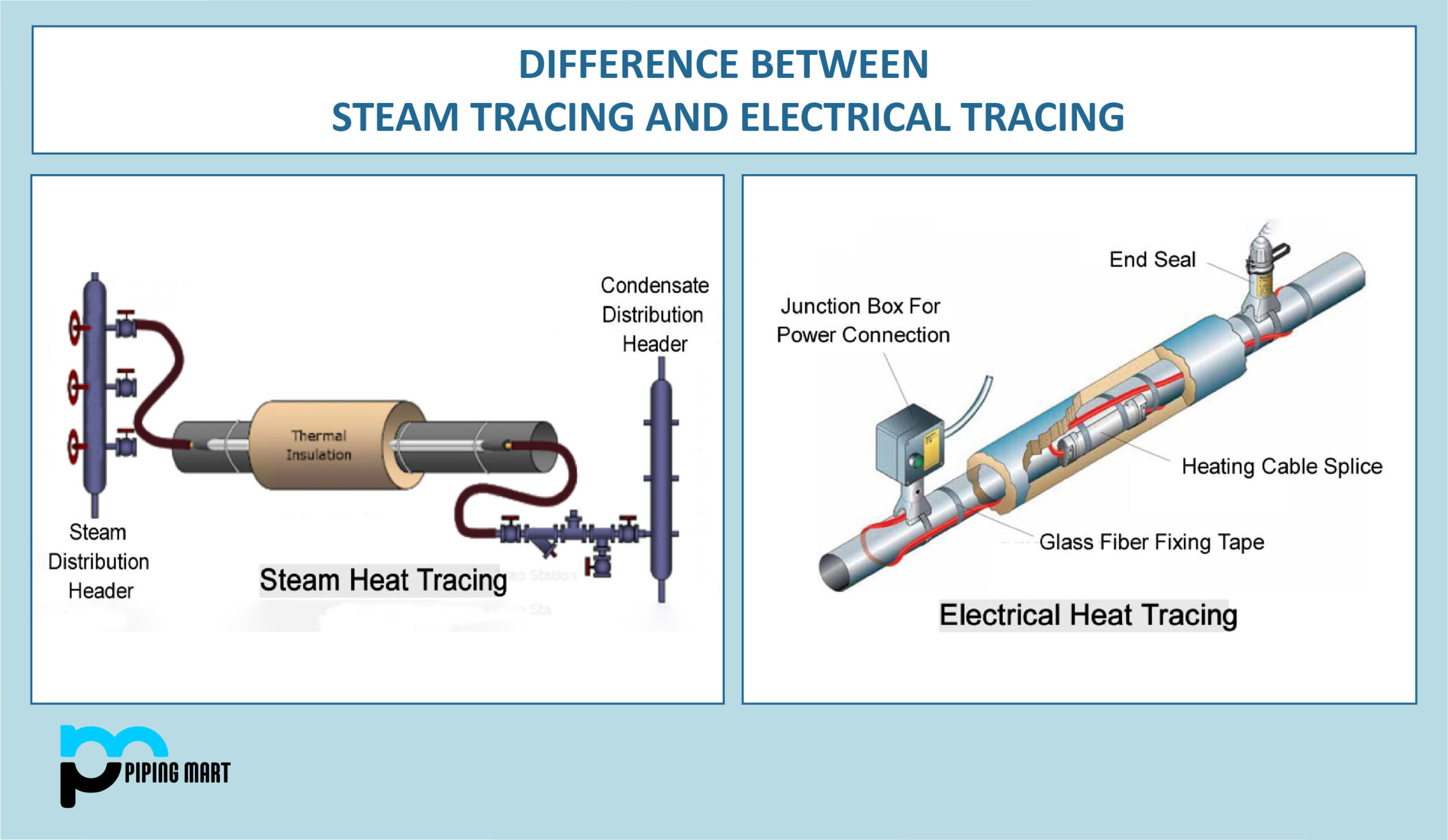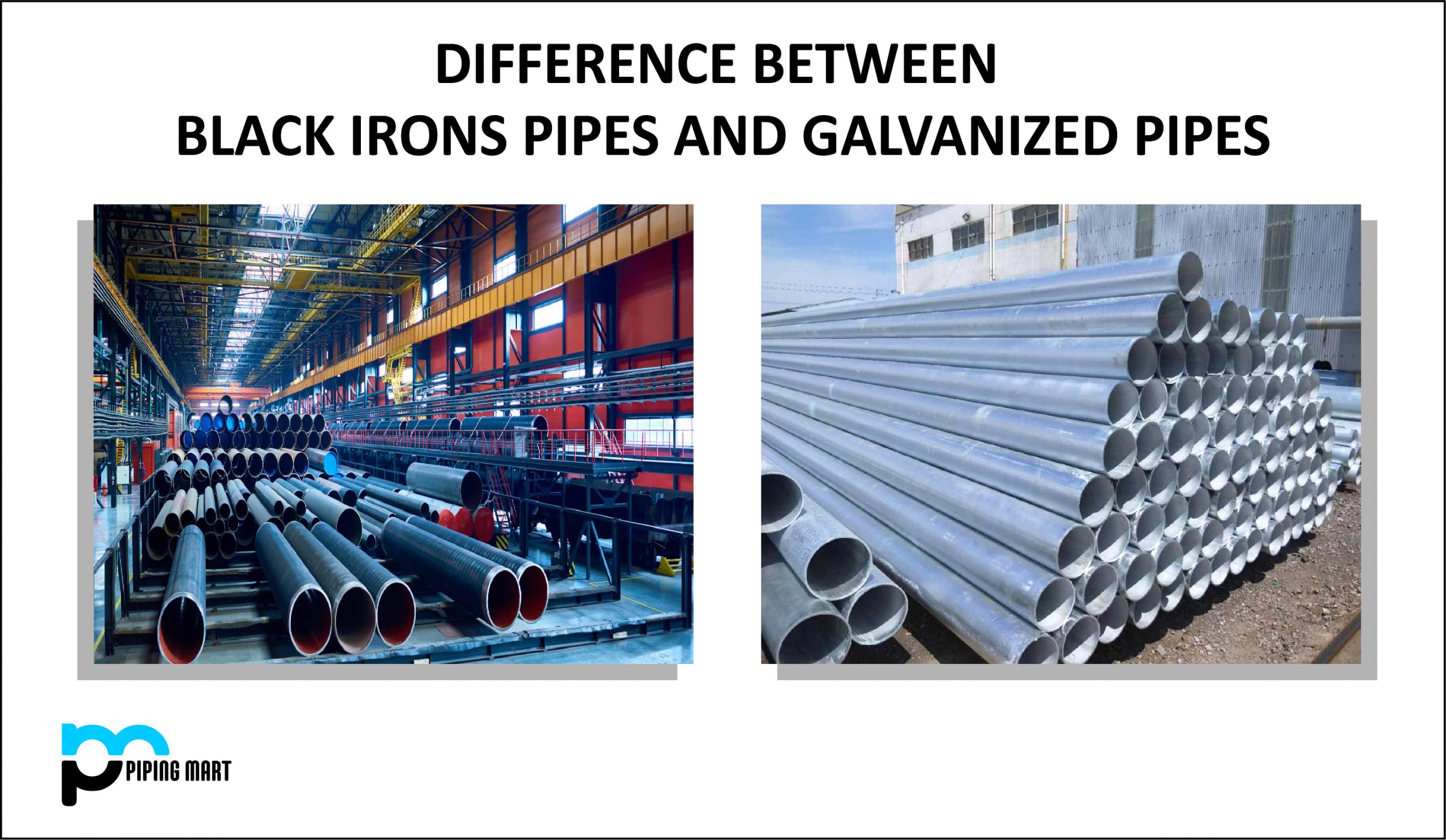If you’re involved with fluid power systems, you’re familiar with directional control and proportional valves. These two types of valves are commonly used in various hydraulic applications. However, there is some confusion regarding their differences and which one to use. This article will discuss the basic differences between directional control valves and proportional valves.
What is Directional Control Valve?
Directional Control Valve is a valve used to control the direction of fluid flow. It has a spool, ports, and a spring-loaded pressure relief valve. The spool controls which port opens or closes, allowing for directional control of hydraulic pressure in two directions. This is achieved by selectively blocking one side while allowing the other to open and close as needed.
What is Proportional Valve?
A proportional valve is an electro-mechanical device used in hydraulic systems to control the flow rate between two points, usually a pressure and return port. It executes precise fluid control for applications such as skid steer or cylinder actuators, using either open loop current-controlled or closed loop feedback systems for high precision operations.
Difference Between Directional Control Valve and Proportional Valve
Definition:
A directional control valve is a valve that controls the direction of fluid flow in a hydraulic system. It is a basic valve often used to start, stop, or redirect fluid flow. A proportional valve, on the other hand, is a valve that controls the flow rate of fluid. A more advanced valve provides greater control over the fluid flow rate.
Functionality:
The main difference between a directional control valve and a proportional valve is its functionality. A directional control valve cannot control the flow rate of fluid. It simply directs or blocks the flow of fluid. A proportional valve, on the other hand, has a variable orifice that controls fluid flow rate. It can be programmed to maintain a specific flow rate regardless of the system pressure changes.
Accuracy:
Regarding accuracy, proportional valves are more precise than directional control valves. Proportional valves use electronic sensors to monitor and maintain a specific flow rate. Hence, there is less chance of error or inconsistency in the flow rate. In contrast, directional control valves rely on mechanical action to control the flow of fluid. Therefore, they are more prone to wear and tear, which can reduce their accuracy.
Application:
Depending on the application, either directional control valves or proportional valves can be used. Directional control valves are commonly used in applications where the flow rate is not crucial, such as in simple lifting applications or to start and stop a hydraulic motor. Proportional valves are used in applications where accurate and consistent flow rates are critical, such as industrial processes, hydraulic test rigs, and high-precision automation systems.
Cost:
Regarding cost, directional control valves are generally less expensive than proportional valves. This is because proportional valves are more complex, with advanced electronics and sensors that control the flow rate. Directional control valves, on the other hand, rely on simple mechanical actions to control the flow direction. Therefore, they are less expensive.
Conclusion:
In conclusion, it is crucial to understand the differences between directional control valves and proportional valves so you can select the right valve for your hydraulic system. Directional control valves are used when the flow rate is not crucial, while proportional valves are used for applications where the flow rate needs to be accurate and consistent. Directional control valves are less expensive than proportional valves, but proportional valves are more precise and provide greater control over the flow rate.
Rachana is a dedicated and ambitious young woman who has made a name for herself in the metal industry. From her earliest days in the industry, Rachana showed a natural talent for problem-solving and a keen eye for detail. In her free time, She enjoys reading up on the latest advancements in the industry, as well as exploring new ways to innovate and improve upon existing processes.




